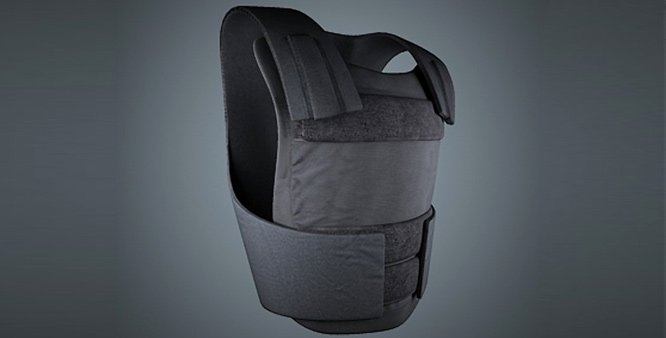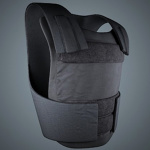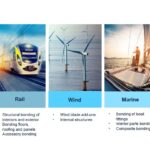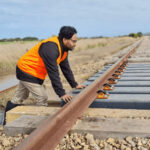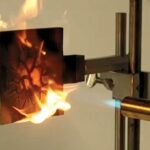Chinese scientists have developed a “super material” that is light as a balloon but as strong as metal and can be used in bulletproof vests and military tanks.
The foam-like material consists of tiny tubes of graphene formed into a cellular structure that has the same stability as a diamond, said researchers led by the Chinese Academy of Sciences’ Shangai Institute of Ceramics.
“The new material was able to support about 40,000 times its own weight without bending”, reported the South China Morning Post.
One piece of the graphene foam withstood the impact of a blow that had a force of more than 6,577 kg per square inch, almost as much pressure as is experienced at the deepest depth of the world’s ocean, about 10.9 km, known as Challenger Deep, in the Mariana Trench, off the coast of the US island of Guam.
Researchers said their newly created material could withstand more external shocks than other previously reported graphene materials.
The material can also be squashed to just 5 per cent of its original size and still return to its original shape, and remained intact after the process was repeated 1,000 times, the researchers said.
The new material could serve as cushion under the surface of bulletproof vests and on the outside of tanks to absorb the shocks from incoming projectiles, researchers said.
The material was described in the journal Advanced Materials.


